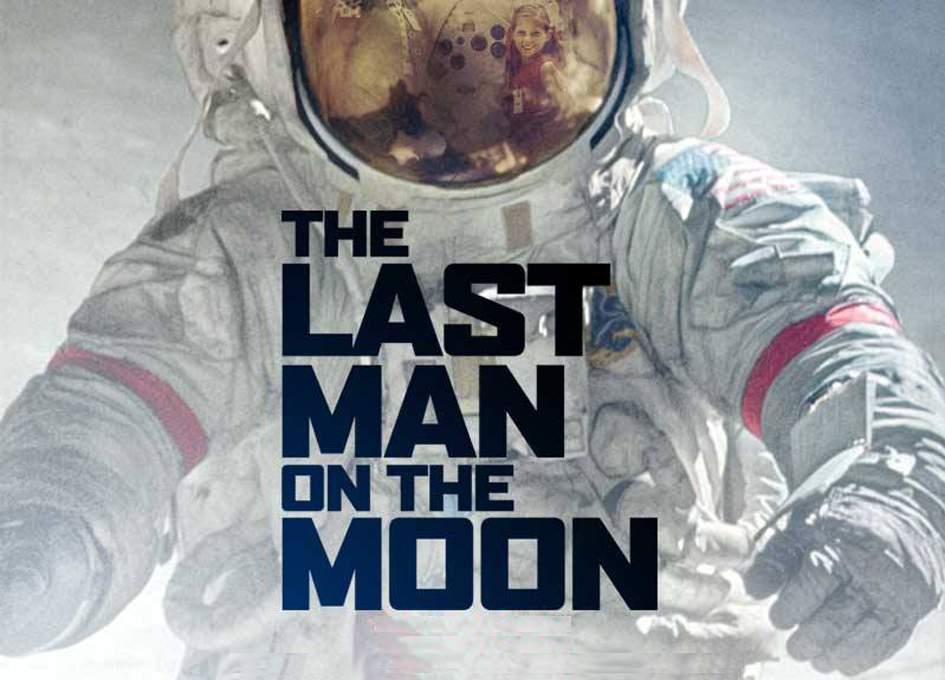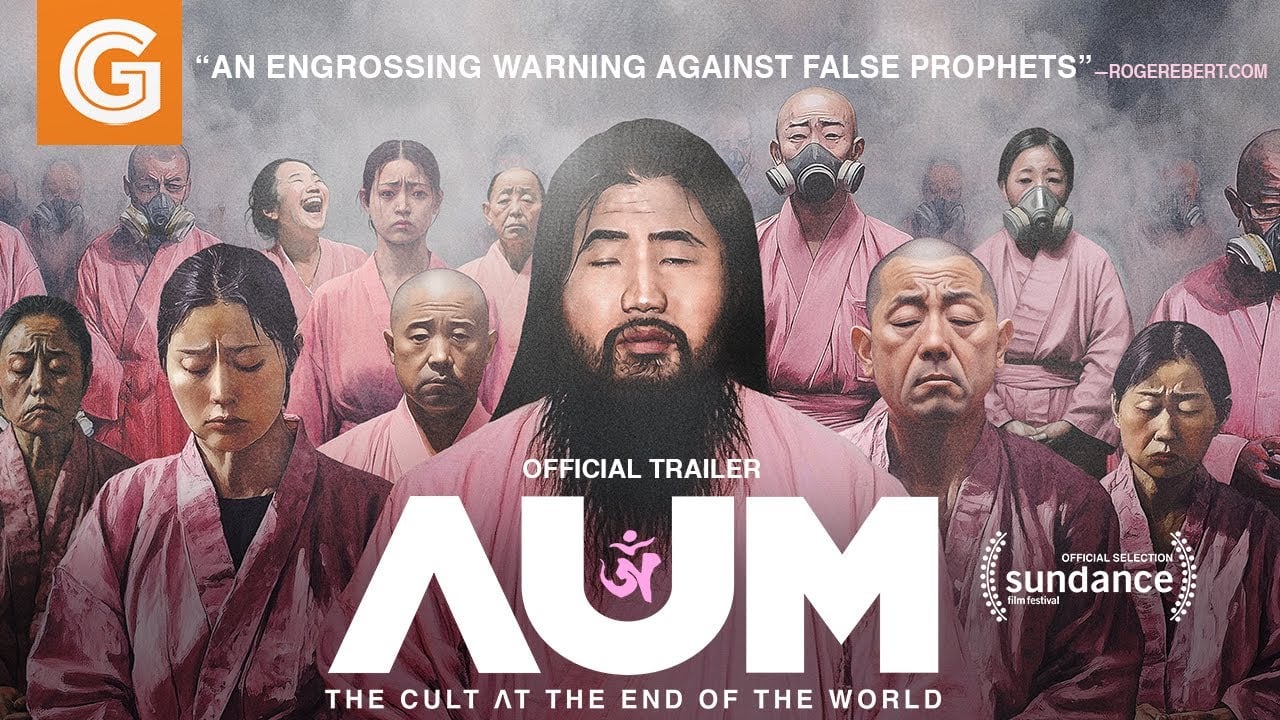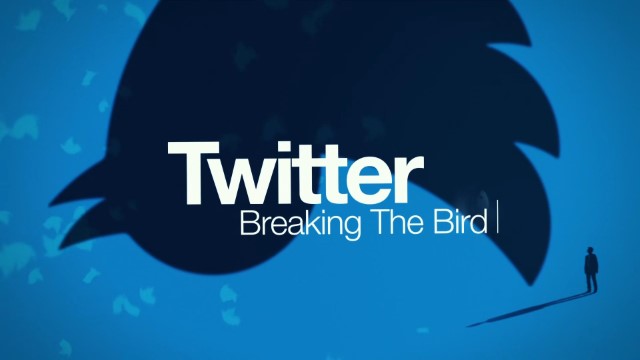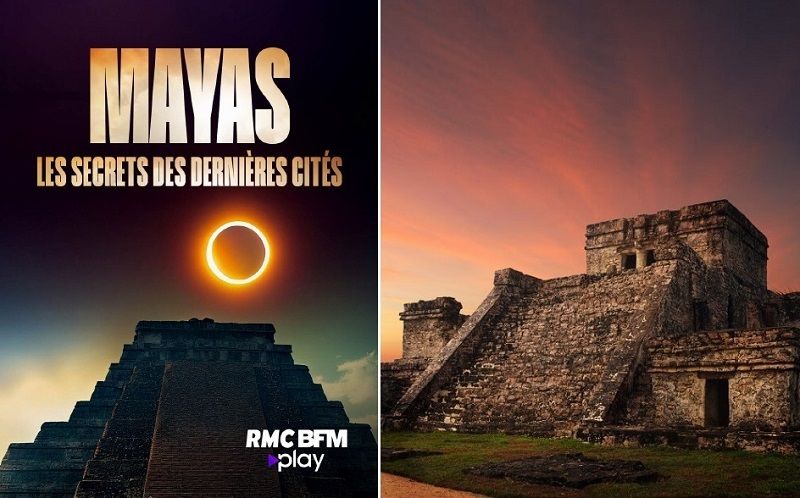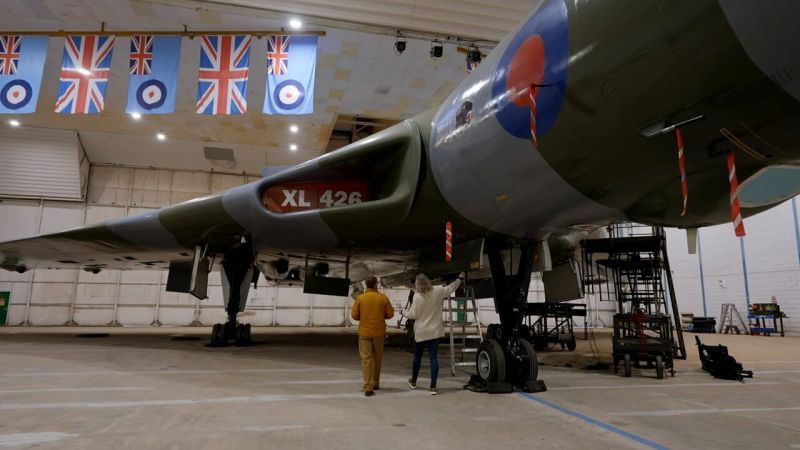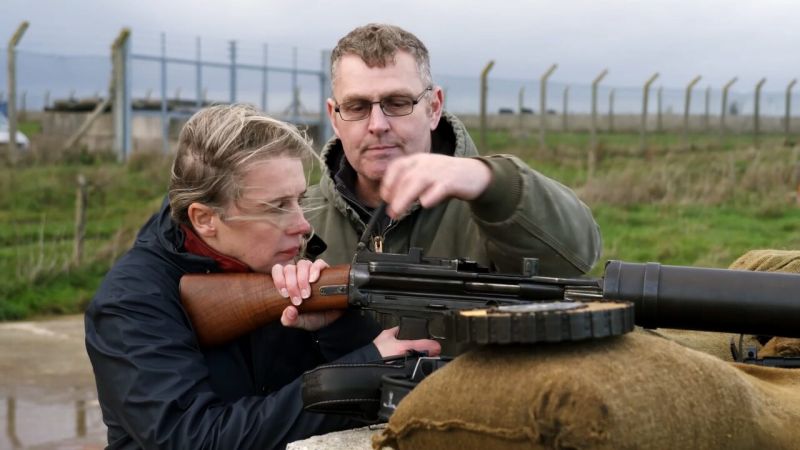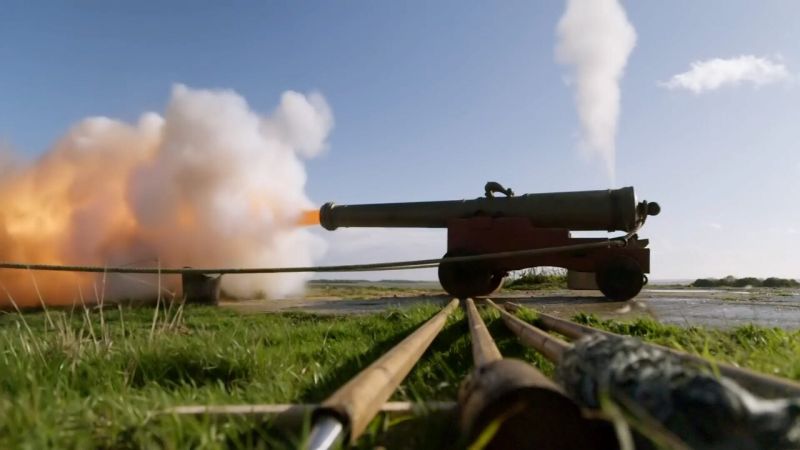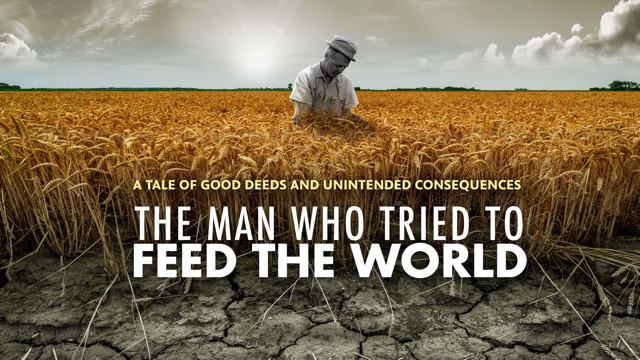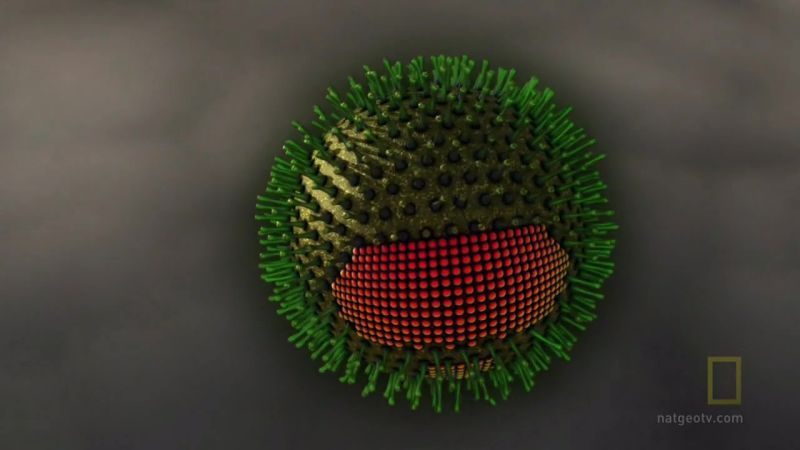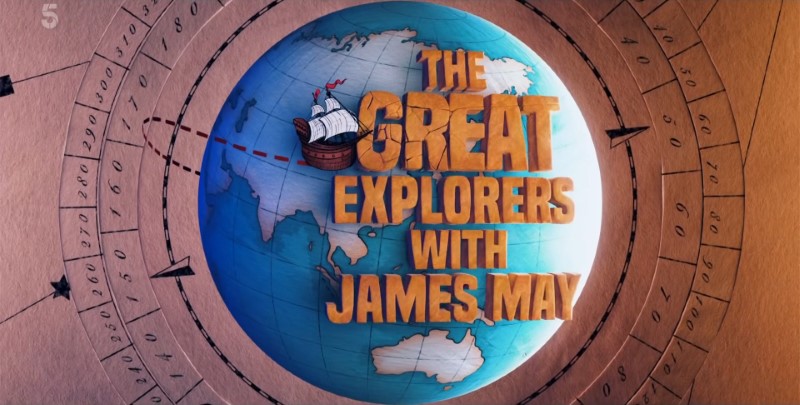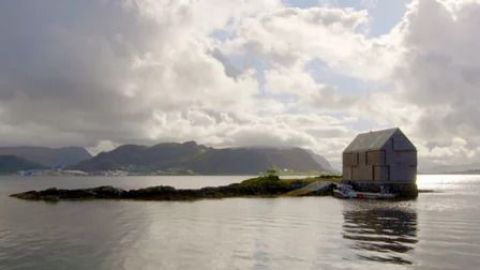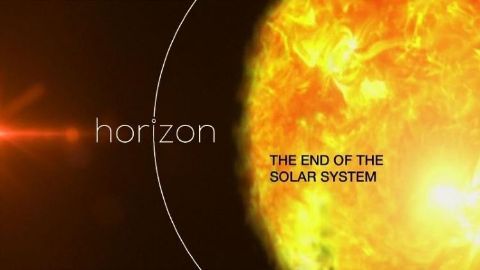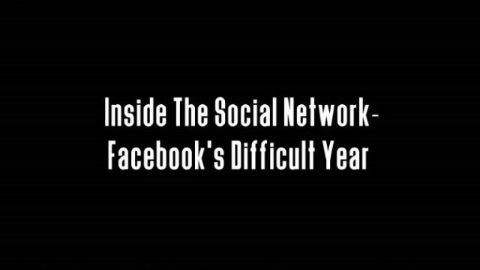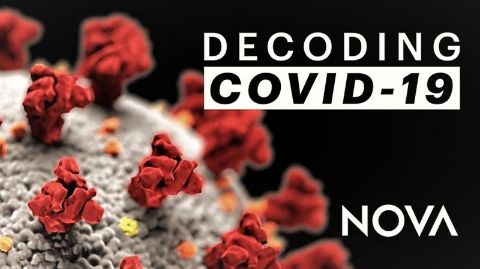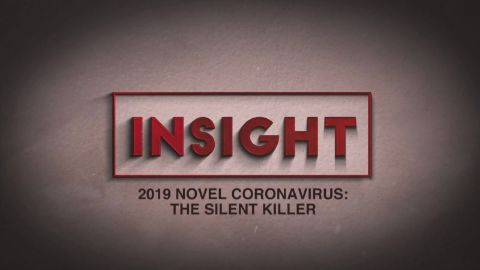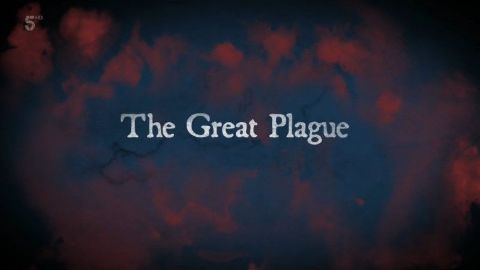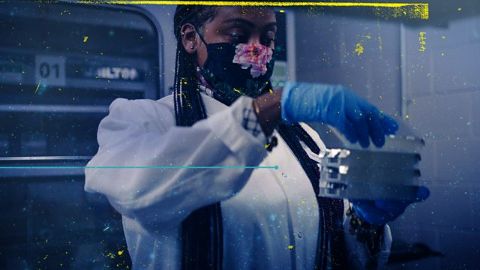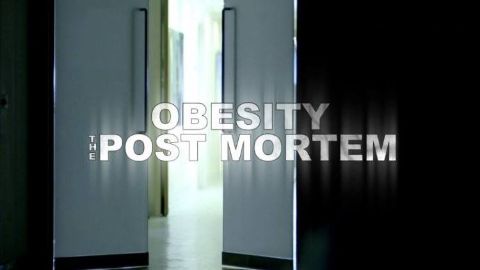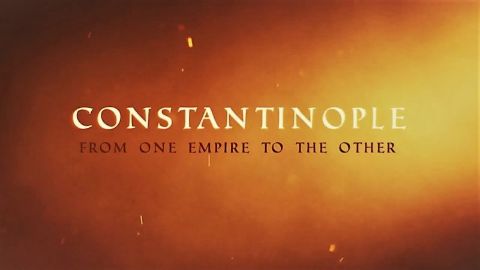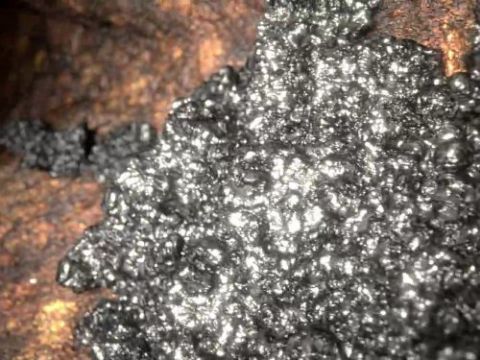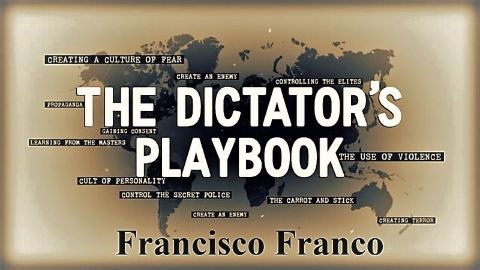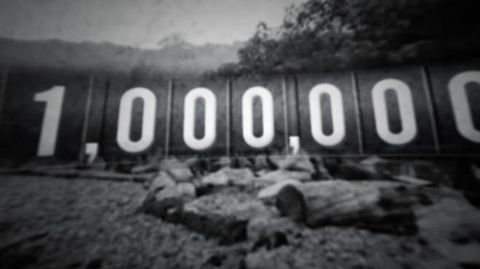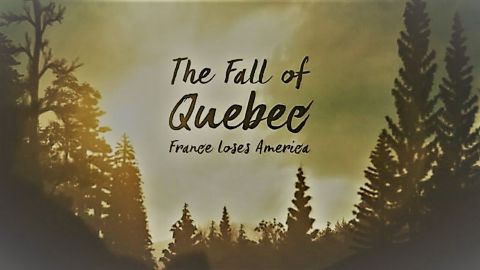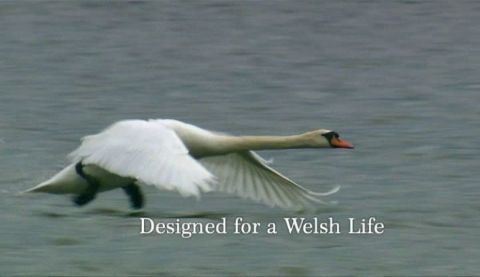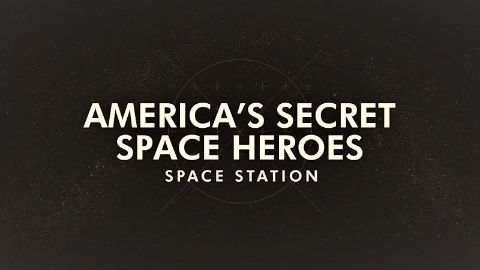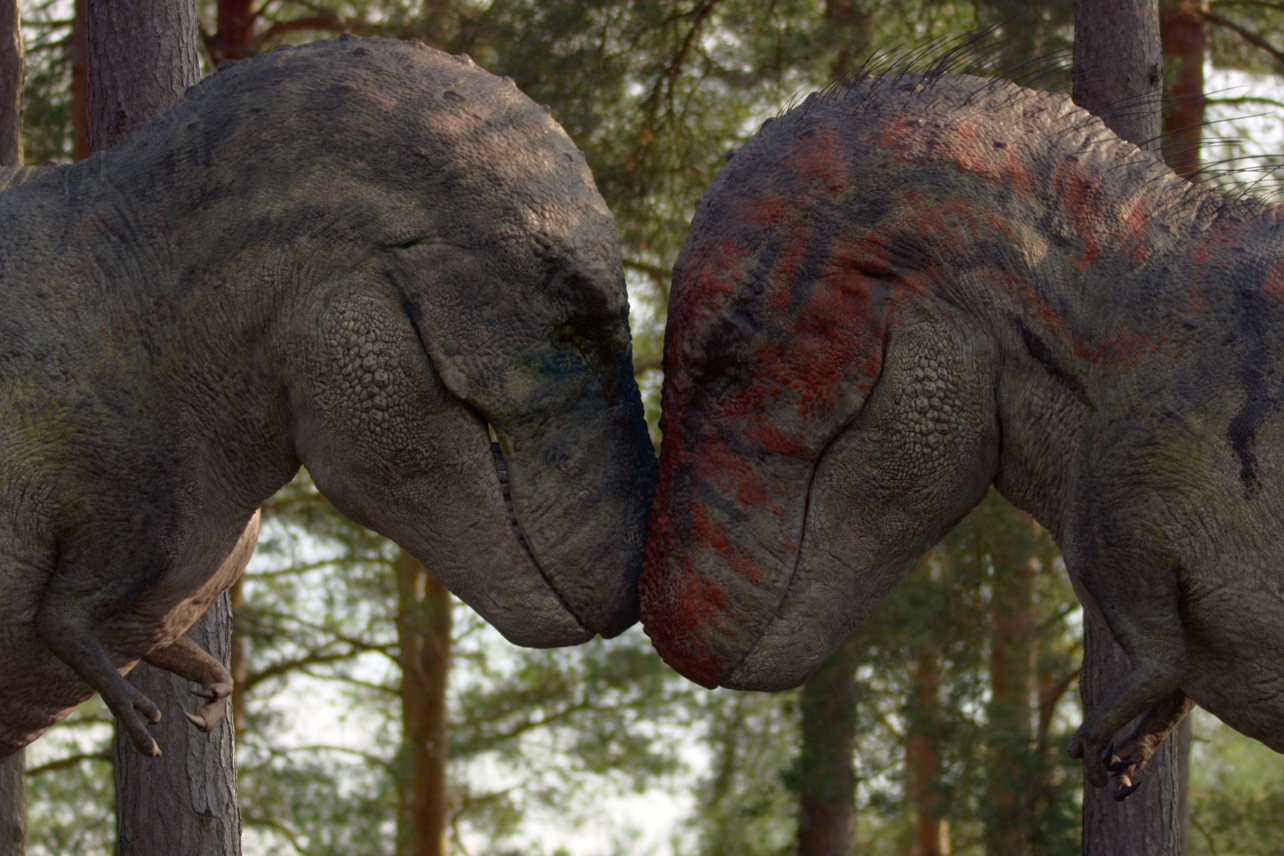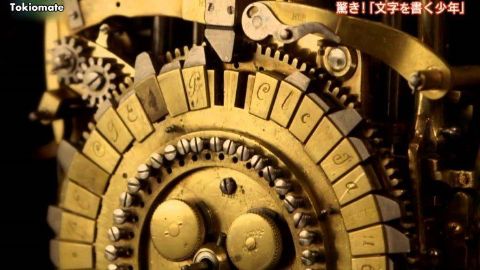Luminous tells the story of the first astronomer in history to publicly predict the near-future explosion of a star--will he be right? Others in the astronomical community are skeptical, and professional reputations hang in the balance. In production for five years, Luminous follows Larry Molnar's journey to test an unprecedented prediction, knowing that its success or failure will unfold squarely in the international spotlight.
2022 • Astronomy
When Apollo astronaut Gene Cernan stepped on the Moon in December 1972 he left his footprints and his daughter's initials in the lunar dust. Only now, over forty years later, is he ready to share his epic but deeply personal story of fulfillment, love and loss. Cernan's burning ambition carried him from a quiet Chicago suburb to the spectacular and hazardous environment of space, and ultimately, to the Moon. Five years in the making, The Last Man on the Moon unveils a wealth of rare archive material, and takes Cernan back to the launch pads of Cape Kennedy, to Arlington National Cemetery and to his Texas ranch, where he finds respite from a past that refuses to let him go.
2014 • Astronomy
The shocking story of Aum Shinrikyo, the doomsday cult that unleashed a deadly nerve gas in Tokyo's subway system in 1995. Founded by disillusioned yoga teacher Shoko Asahara, Aum transformed into a terrorist organization while Japan's police and media turned a blind eye. Featuring rare archival footage and an interview with one of Asahara's former high-ranking disciples.
2023 • People
The inside story of the tech entrepreneurs who created the social media app Twitter. At first the site grew on the back of celebrities who realised it offered them a direct way to communicate with fans. After going global, it seemed to be fulfilling the founders' dream of a digital utopia where all voices would be heard. But as hate speech and misinformation flooded the platform, the founders faced growing problems to control it - and the sale to Elon Musk in 2022 represented the end of their dream.
2025 • Technology
Explore Tulum, the final inhabited city of the Maya empire, where innovative archaeology and cutting-edge technology reveal the mysteries behind the collapse of one of Mesoamerica's greatest civilisations.
2023 • History
From battlefields and ancient swords to mighty castles and Durham cathedral, the rich, brutal story of William the Conqueror's journey from invader to ruler of England. Alice Roberts discovers who the Normans really were, tests a nearly thousand-year-old sword from William the Conqueror's time and wonders why there are so few women depicted in art from the time. Plus, Danielle George gets a brutal lesson in medieval 11th-century battlefield combat techniques, and Onyeka learns how William's coronation turned into a PR disaster.
S1E4 • Fortress Britain • 2022 • History
Tales of Cold War Britain, from nuclear threat to upper-class spies, eerie ghost bunkers and our very own Chernobyl. In Cold War military buildup Britain constructed bunkers for the civilian population and created its own nuclear missile defense. Professor Alice Roberts explores the UK's response to the threat of nuclear attack during the early years of the Cold War in the 1950s, when a network of upper-class spies began merrily sharing British military secrets with the Soviet Union. We also visit a nuclear-bomb-proof command center and inspect the legendary Avro Vulcan jet bomber.
S1E3 • Fortress Britain • 2022 • History
How Britain planned for a Nazi invasion - from tank traps and sticky bombs, to the Home Guard and tragic story of heroism. Alice Roberts looks for visible traces of Britain's rearmament in preparation for a German invasion. How did the Home Guard come about and what was the role of women in the offensive defense? We meet Indian-American Noor Inayat Khan, a special agent who worked with sabotage activities in German-occupied France, and hear her tragic story as one of the war's forgotten heroines. Alice learns about the deployment of the Home Guard, and Danielle travels to the Channel Islands, the only part of the British Isles under German control, to visit the only concentration camp built on British soil in Alderney. She explores life under occupation and visits the underground hospital Festung Guernsey.
S1E2 • Fortress Britain • 2022 • History
The story of Henry VIII's fear of Catholic Europe, told via his castles, cannons and spies. The first episode examines the surviving traces of Henry VIII's fear of invasion from Catholic Europe through physical reminders, including mighty castles and cannons, that survive to this day. At her headquarter in Walmer Castle, built in 1540 in Kent to defend the town against a French invasion, Alice gets her hands on a vast hoard of Tudor coins and a 500-year-old jousting scorecard, as she learns how Henry's greed and ambition led him to bankrupt the nation and lay the foundations for the modern secret service. Danielle visits Henry's mighty castle at Deal and witnesses the awesome power of the cannons built to defend England, while Onyeka gets within touching distance of the iconic Mary Rose.
S1E1 • Fortress Britain • 2022 • History
In 1966, drought and an exploding population confronted India with the imminent threat of a severe famine that many scientists and intellectuals feared was a harbinger of global catastrophes to come, as the world's population outstripped its ability to produce food. India turned to Norman Borlaug, an unassuming plant breeder from Iowa whose combination of scientific knowledge and raw determination had made him a legend among a small handful of fellow specialists. The Man Who Tried to Feed the World recounts the story of the man who would not only solve India's famine problem, but would go on to lead a "Green Revolution" of worldwide agriculture programs, saving countless lives. He was awarded the 1970 Nobel Peace Prize for his work but spent the rest of his life watching his methods and achievements come under increasing fire.
2020 • People
On the front lines of the hunt for killer viruses, a shocking discovery is made: viruses, once thought to be a menace to humankind, may in fact be the ultimate creators. Since the beginning of time, they have played a critical role in evolution, shaping us and perhaps even creating us. How could that be? How can an entity seemingly programmed for destruction lead to genetic diversity and new species? To many people, viruses are simply agents for disease, but to Dr. Luis Villarreal, Director of the Center for Virus Research at the University of California Irvine, they may possess far greater power than originally thought. He guides us through evidence that viruses gave rise to the first complex cells, played a role in the diversification of life, changed how our young are born, drove evolution, and perhaps gave us emotions. One expert even suggests that an ancient virus could have entered our genes and rewired us for monogamy. National Geographic investigates a provocative new theory that suggests that all life - including humans - is descended from viruses. Taking us through African jungles in search for new strains, this episode of Explorer presents a startling new view of viruses - toward what may be a remarkable evolutionary moment: the rise of a new human species.
2008 • Health
James May charts the journeys of explorers through experiments and messing about in boats. Chapter 1: Christopher Columbus The host profiles famous explorers, beginning with Christopher Columbus. He may be celebrated as a national hero for 'discovering' the USA - but he never set foot there. James starts by travelling to south-west Spain, from where these world-changing voyages began. May takes the helm of his own sailboat to test the cutting-edge sail technology that allowed ships to travel further than ever - and the rudimentary navigation techniques that Columbus had to rely on. Chapter 2: Sir Walter Raleigh James follows Walter Raleigh's rise from rural Devon to London high-society. He meets top barrister Benet Brandreth KC at The Honourable Society of the Middle Temple to learn the techniques of persuasion that allowed Raleigh to talk his way to the top. James also explores the darker and more complex corners of Raleigh's legacy. Chapter 3: Captain Cook Captain James Cook was the last explorer in the age of sail - and one of the busiest, charting one third of the globe. His voyages brought huge advancements in navigation, biology, and geography, and in Britain he is generally thought of as a hero - but in other parts of the world, that's not the story. James May examines how this studious and serious son of a farmer broke through the class ceiling to become the greatest naval captain of his age.
2025 • Travel
Thanks to dating apps, finding love is easier than ever. But are we now so focused on playing the game that we're missing out on real connection?
S2E6 • History 101 • 2022 • Technology
David Attenborough reveals how, by pushing themselves and their bodies to the limit, mammals have found remarkable ways to survive in the hottest places on earth. In South America, thirsty capuchins need all their natural curiosity as they search for water on the forest floor. Camels roam the vast outback of Australia, where they can go for weeks without water thanks to their distinctive hump as an energy store. White sifaka lemurs hug trees to avoid the heat in Madagascar's spiny forest and the echidna has an even stranger way of keeping cool - it blows snot bubbles.
S1E5 • Mammals with David Attenborough • 2024 • Nature
Piers and Caroline travel to Norway to see a charming family cottage, a summer house built around a rock, a daring concrete home and a rugged retreat.
S2E7 • The World's Most Extraordinary Homes • 2019 • Design
This is the story of how our solar system will be transformed by the aging sun before coming to a spectacular end in about eight billion years. Astronomers can peer into the far future to predict how it will happen by analysing distant galaxies, stars and even planets in their final moments. In this film, Horizon brings these predictions to life in a peaceful midwestern town that has a giant scale model of the solar system spread out all over the city. As it ages, the sun will bloat into a red giant star, swallowing planets... as well as half the town. The fate of the Earth itself hangs in the balance. How will the solar system end?
Facebook is a company that has grown from nothing to be worth half a trillion dollars in just 15 years. Today nearly a third of all humans are using it, and yet we rarely get to see the people actually in charge of the biggest social network in the world. The company has suffered a series of deepening scandals and intense media scrutiny. In 2018, their mission - to connect everyone on the planet - seemed to be going dramatically wrong. Data leaks, fake news and hacks on user security were threatening to destroy everything Mark Zuckerberg had built. Yet throughout this difficult time, the company allowed the BBC’s flagship science strand Horizon to follow key members of the team trying to fix the problems and secure the platform. This film goes behind the scenes and follows the teams inside Facebook. It tackles difficult questions, like how our data is used and what content should and shouldn’t be on the site, but also shows how Facebook works, what the teams are doing to secure it, and reveals a hidden technological playground, where some of the smartest engineers in the world are being hired to build systems and technology no one has built before.
The most important planet in the solar system is our home, the Earth. It is the only planet we know that harbors life. This episode looks at the growing understanding of the Earth’s complex climatic systems and the part on-orbit observation plays in the growth of knowledge about our planet.
S1E12 • Zenith: Advances in Space Exploration • 2021 • Technology
The coronavirus SARS-CoV-2 has upended life as we know it in a matter of months. But at the same time, an unprecedented global effort to understand and contain the virus—and find a treatment for the disease it causes—is underway. Join doctors on the front lines of the fight against COVID-19 as they strategize to stop the spread, and meet the researchers racing to develop treatments and vaccines.
Fiona Phillips teams up with leading scientists to look at how to eat and drink to good health, and she uncovers some surprising truths. She reveals which cheap, everyday foods can give us all the benefits of so-called superfoods at a fraction of the price and why frying can be the healthiest way to cook. Fiona becomes a human guinea pig to test some of the top-selling health drinks and supplements. She investigates whether antioxidant smoothies really give us the healthy boost we think and discovers why multivitamin pills might do us more harm than good. In a unique experiment with scientists from Aston and Liverpool John Moores universities, she sets out to find the healthiest breakfast, and discovers why we'd be better off with bacon and eggs rather than cereal and fruit. To find out whether we can really detoxify our bodies, she puts some popular detox foods and drinks to the test and reveals why we're better off with fresh foods and the odd glass of wine.
2016 • Health
It came without a warning and spread like wildfire, but the origins of the Novel Coronavirus remain a mystery. A look at the origins and impacts of the Novel Coronavirus is featured.
2020 • Health
Xand van Tulleken, Raksha Dave and John Sergeant discover the parallels of the Great Plague of 1665 with the Covid-19 pandemic. Ch1. Outbreak The epidemic is traced back to its source in the parish of St Giles in the Fields, now at the heart of London's theatre district. The program also examines the symptoms of the disease and uncovers new research into the plague bacteria that could overthrow accepted ideas about how the infection was spread. Ch2. Decimation Xand heads to St Barts hospital to look back at historical records which show that nursing staff stayed behind and risked their lives to help the sick. Elsewhere, John investigates why infection rates were so different between the rich and poor, examining clothes typical for each group in the 17th century. Ch3. Aftermath Xand visits Samuel Pepys' parish church and discovers the sad tale of the Poole family, who within 11 days lost all five of their children. He also heads to Eyam in Derbyshire, revealing the heroic story of self-sacrifice that saw all 700 villagers lock themselves in to try to stop the disease from spreading to surrounding areas. Raksha Dave trials 17th-century disinfection methods and reveal a surprising substitute that can be just as effective as modern antibacterial cleaners.
2020 • Health
The extraordinary inside story of the biggest scientific challenge of our age – following a small band of vaccine scientists around the world who took on Covid-19 and ultimately delivered the weapon to beat it. As news of the coronavirus broke around the globe, a small group of scientists jumped into action to tackle one of the greatest medical challenges of our time: to create a vaccine against a virus no-one had ever seen before and to do so in record time, all during a deadly, global pandemic.
Reveals just how dangerous too much fat is to our most vital internal organs. The programme follows a specialist pathology team as they conduct a post-mortem on the body of a 17-stone woman whose body was donated to medical science. Their findings, as they dissect the body and its organs, are startling, exposing the devastating impact of obesity with stunning visuals and fascinating medical facts. Morbid obesity reduces life expectancy by an average of nine years and is blamed for over 30,000 deaths in the UK every year. With 65 per cent of people already overweight or obese, this extraordinary film is a powerful contribution to the debate about fat, food, lifestyle and how the health service will cope with the growing obesity crisis.
2016 • Health
Constantinople was a part of the Roman Empire, then became the seat of the Byzantine Empire and then was the imperial city of the Ottoman Empire. Here is the story of the fabled city and its history of power and conflict through the ages.
S2E1 • Butterfly Effect • 2018 • History
The world is linked like never before. Modern transport and communications have resulted in a world that is wealthier, healthier, more mobile and better informed than ever before.
4/12 • Mankind Decoded • 2013 • History
Learn how Francisco Franco used the tactics of colonial war to win control of Spain. Driven by a deeply conservative vision, he used torture, murder and incarceration to transform Spanish Society.
S1E5 • The Dictator's Playbook • 2019 • History
The numbers will favoured one side, then the other in 1918. When the Bolsheviks took Russia out of the war, millions of German and Austro-Hungarian troops were freed up to attack Britain and Belgium, France and Italy. But across the Atlantic, America was training an army of two-million men.
S01E06 • The Great War in Numbers • 2017 • History
Commodus rises to power as Rome's new emperor, but not everyone supports his ascent. Among those conspiring against him: his older sister Lucilla.
S1E3 • Roman Empire • 2016 • History
The battle between the French and English for the French territory of New France hinges on the presence of the British navy. And the Battle on the Plains of Abraham is tipped to Great Britain by the solidly trained soldiers of the British army. This changed the landscape of North America.
S2E3 • Butterfly Effect • 2018 • History
One of NASA's most ambitious missions, OSIRIS-REx, is investigating the asteroid Bennu in more detail than ever before, revealing how space rocks can kick-start life on other planets and how they could possibly hold answers to the secrets of the Solar System.
S8E6 • Space's Deepest Secrets • 2021 • Astronomy
Matthew McConaughey takes viewers behind the scenes of Interstellar with a look at the real-life science that went into this out-of-this-world film.
In this final episode, Iolo explores bird design - from their ability to fly to the way that their beak design, colour and camouflage enable them to live in the many habitats Wales has to offer. Using ultra-slow motion photography, Iolo looks at how garden birds have such control over take off and landing, and explains why fulmars are one of our most supreme fliers.
S1E5 • Secret Life of Birds • 2012 • Nature
It began as an audacious idea: to establish a permanent human presence in the most hostile environment known to man -- space. It's a dream that would bring together two former Cold War enemies and lead to the most expensive structure ever built. Discover the inside story of the International Space Station. See how NASA engineers triumphed over decades of seemingly insurmountable obstacles to develop Skylab, Space Station Freedom, and finally the International Space Station.
S1E4 • America's Secret Space Heroes • 2017 • Technology
After Earth's third mass extinction, mammals' surviving ancestors ruled the supercontinent Pangea. But lizards soon ushered in the age of reptiles.
S1E4 • Life on Our Planet • 2023 • Nature
This documentary presented by Professor Simon Schaffer describes the amazing story of automata Designed and built with pen and paper in the 18th Century leveraging the mechanisms employed in making timepieces, these mechanical devices containing 1000’s of parts and are programmable to mimic human actions in Mechanical Theatre. The program describes how there development has led to the creation of the mechanical devices we take for granted today showing the first mechanical weaving looms allowing for the mass production of fabrics and in effect started the industrial revolution.
2013 • Technology

